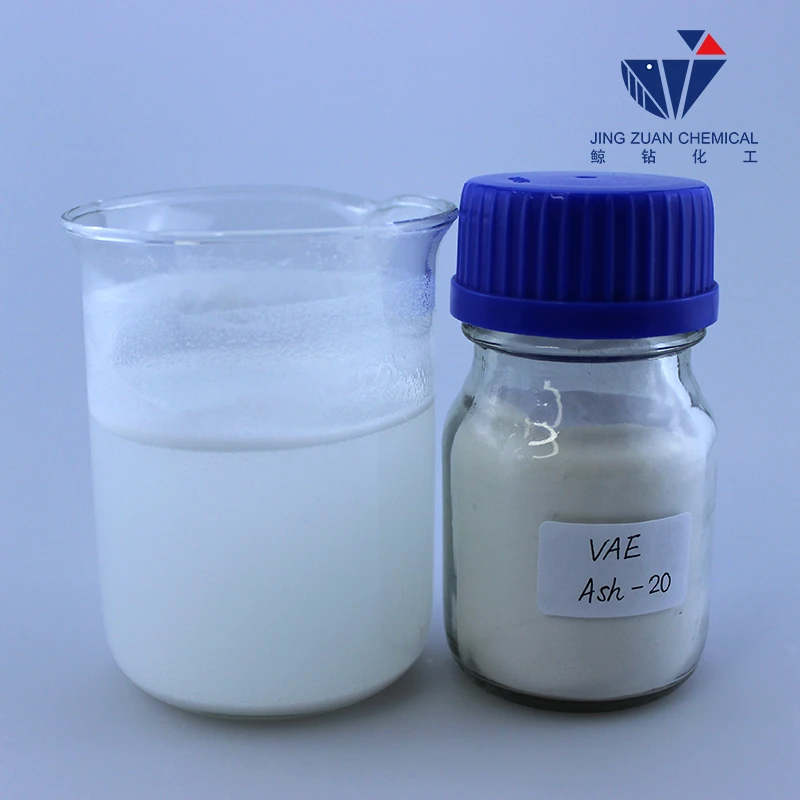
آگوست . 30, 2024 06:26 Back to list
Hydroxyethyl Cellulose - Properties, Uses, and Applications
Hydroxyethyl cellulose (HEC) is a water-soluble polymer derived from cellulose, a natural polymer found in the cell walls of plants. With its unique chemical properties, HEC has found widespread application across various industries, including pharmaceuticals, cosmetics, food, and construction. This article explores the characteristics, applications, and benefits of hydroxyethyl cellulose.
HEC is synthesized through the etherification of cellulose, which involves the reaction of cellulose with ethylene oxide. This modification introduces hydroxyl groups into the cellulose structure, enhancing its solubility in water and providing it with a variety of functional properties. One of the key characteristics of HEC is its ability to form clear and viscous solutions, making it an excellent thickening agent. Moreover, it is non-toxic and biodegradable, which aligns with the growing demand for sustainable and environmentally friendly products.
In the pharmaceutical industry, HEC is widely utilized as a binder, thickener, and stabilizer in various formulations. It is commonly used in the production of oral tablets, where it helps to improve the mechanical strength and dissolution characteristics of the tablets. In addition, HEC is a popular choice for topical formulations, such as creams and gels, where it enhances the texture and feel of the product while also providing excellent moisture retention properties. This makes HEC particularly beneficial in products aimed at treating dry or irritated skin.
HEC's applications extend to the cosmetic industry, where it is commonly used in shampoos, conditioners, lotions, and other personal care products. Its ability to provide a smooth texture and improve the spreadability of formulations makes it an ideal ingredient. Furthermore, HEC functions as a film-forming agent, enabling products to adhere better to the skin or hair, thereby enhancing their effectiveness.
hydroxyethyl cellulose

In the food industry, hydroxyethyl cellulose is employed as a thickening agent, stabilizer, and emulsifier. It is especially useful in gluten-free products, where it helps to mimic the texture and mouthfeel of traditional gluten-containing products. HEC also plays a significant role in maintaining the stability of food emulsions and suspensions, ensuring consistent quality and preventing separation.
The construction industry has also seen the advantages of HEC, where it is used as an additive in cement-based products, plaster, and tile adhesives. It improves workability, enhances water retention, and extends the open time of these materials, which are critical for achieving optimal performance during application.
In conclusion, hydroxyethyl cellulose is a versatile and valuable ingredient across various sectors. Its water-soluble nature and functional properties make it an ideal choice for a wide range of applications, from pharmaceuticals and cosmetics to food and construction. As industries continue to seek sustainable and effective solutions, HEC stands out as a safe and efficient option, paving the way for innovative products that meet consumer demands while promoting environmental responsibility. The ongoing research and development surrounding hydroxyethyl cellulose promise to unveil even more applications and benefits, solidifying its role as a crucial component in modern formulations.
-
Versatile Hpmc Uses in Different Industries
NewsJun.19,2025
-
Redispersible Powder's Role in Enhancing Durability of Construction Products
NewsJun.19,2025
-
Hydroxyethyl Cellulose Applications Driving Green Industrial Processes
NewsJun.19,2025
-
Exploring Different Redispersible Polymer Powder
NewsJun.19,2025
-
Choosing the Right Mortar Bonding Agent
NewsJun.19,2025
-
Applications and Significance of China Hpmc in Modern Industries
NewsJun.19,2025







